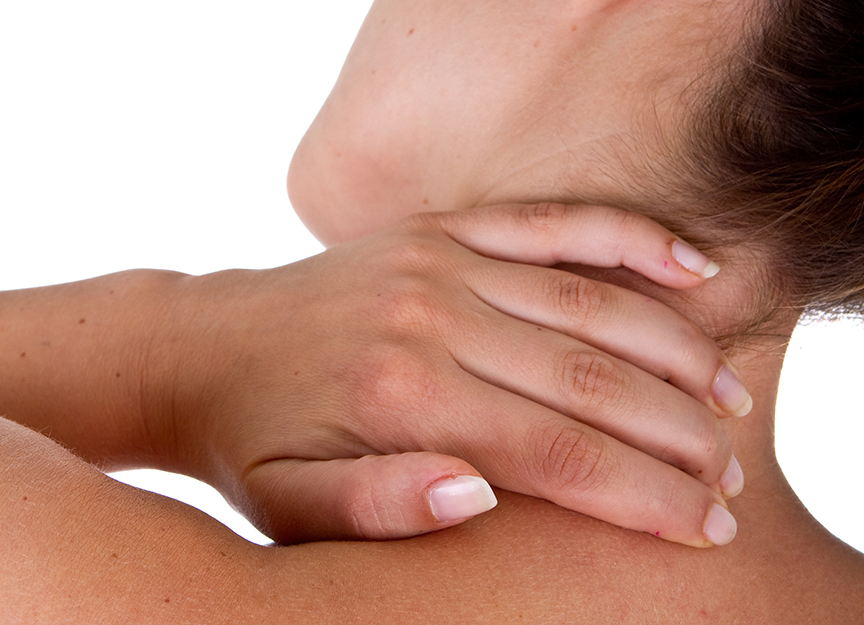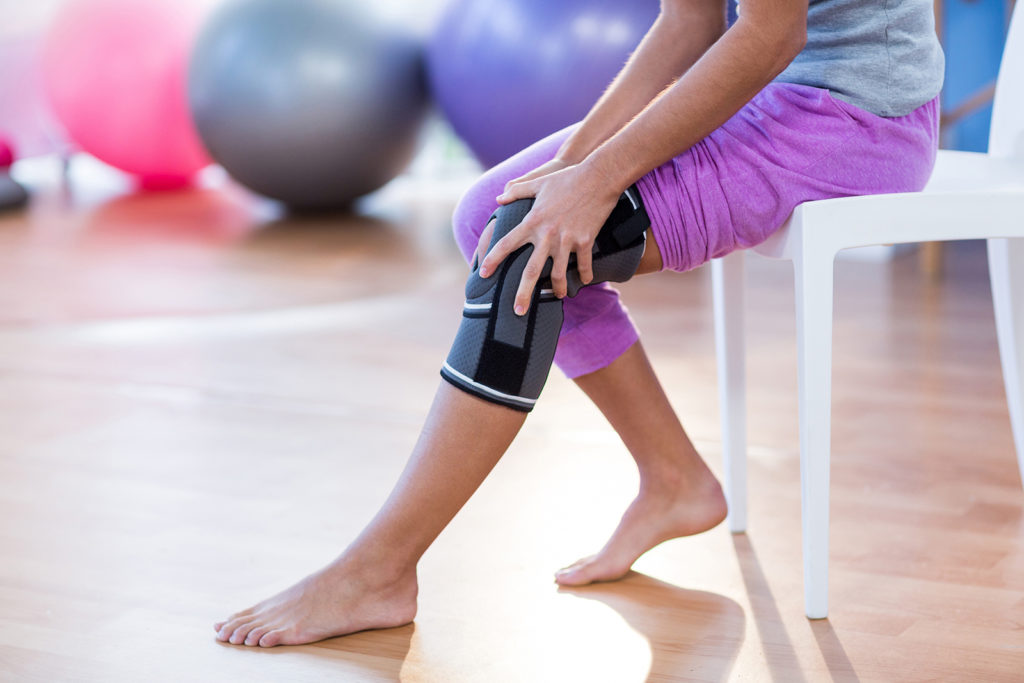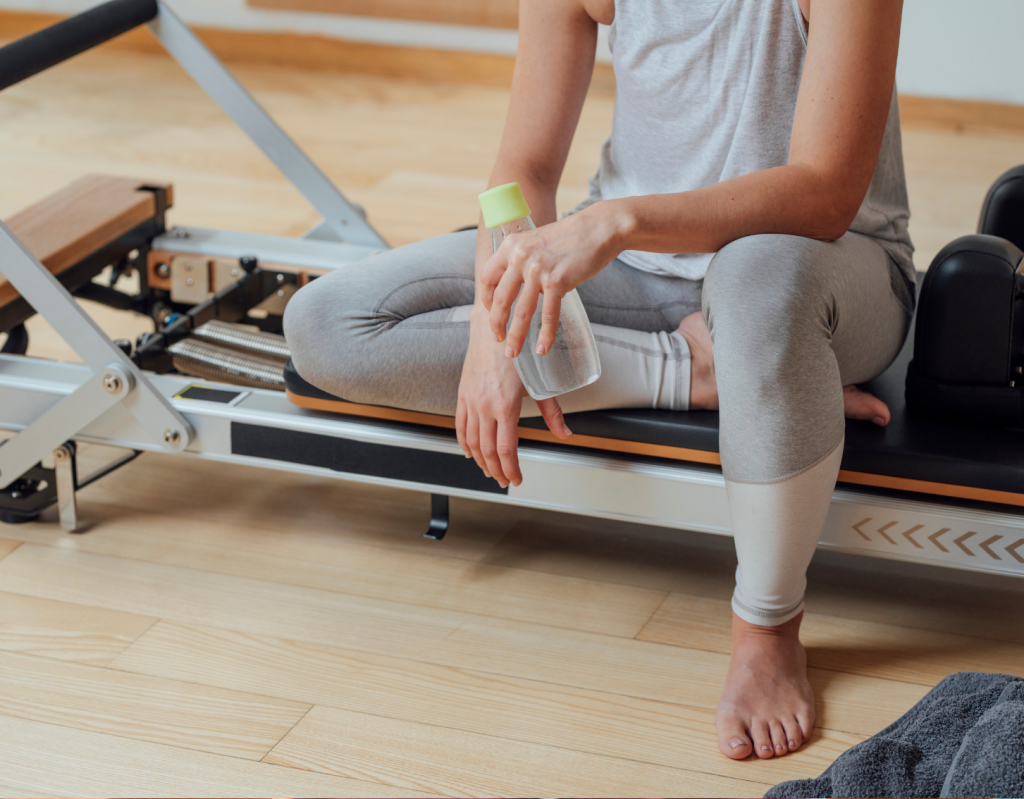
Q: My neck gets stiff and I feel headachy by the end of the day, why?
A: Over time, sitting in same posture for long periods of time, such as sitting in front of a computer, can be problematic for the muscles and joints around the neck and shoulders. When postural muscles fatigue, the trunk adopts a ‘slumped’ posture and consequently the spine adopts a less optimal position.
In a slumped position the upper back becomes rounded, the abdomen protrudes and in order to remain looking forward the chin creeps forward and upwards causing a ‘pokey chin’ posture. Over time this causes compression joints and unwanted tension in the muscles around the head and neck, from the shoulder blades all the way up to the base of the skull. When irritated these structures can cause a headache.
Simple tips to improve the problem: There are some simple ‘new habits’ you can adopt to prevent your headaches.
Try to sit up tall, but not ridged – think about lifting up from the breast bone. Get up and move away from your desk often, every 20 minutes or so and make sure your computer screen desk and office chair are set up correctly!
Perform simple neck movement exercises throughout the day such as:
- Looking to the right and left, and taking your chin to your chest 10 times.
- Try stretching the ear towards the shoulder then turning to look at the floor.
None of these movements or stretches should cause you any pain, so if they do, stop and seek advice from your physiotherapist. Hands-on treatment by a physiotherapist is often a very important part of the solution for ‘Cervicogenic Headaches’ (headache originating from the neck). If your headache symptoms persist despite considering the above, book online to see us at Fluid Physio+Gym for an assessment and treatment.
If you wish to make an appointment to discuss headache management and prevention – contact us on 6646 3766 or book your appointment online here.
Written by: Alison Darbyshire – Senior Physiotherapist with an interest in cervicogenic headache.





About The Author: Alison Darbyshire
More posts by Alison Darbyshire